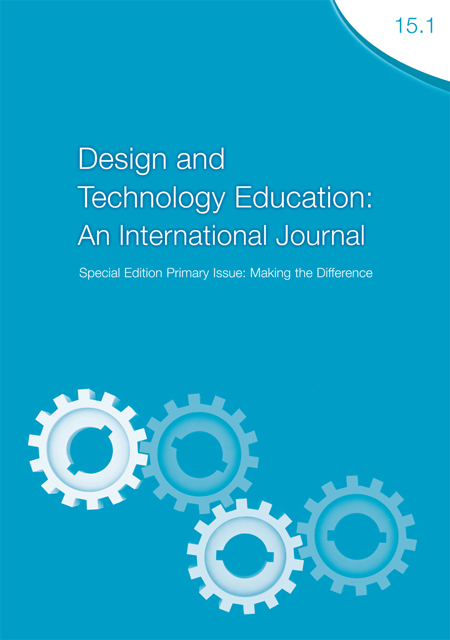Technology Education in New Zealand: The connected curriculum
Keywords:
Education for enterprise (E4E), connected curriculum, primary technology educationAbstract
This paper aims to identify what actually takes place when policy directives bring together Technology Education, Enterprise Education, and the wider Community Partnerships. Since the introduction of a national technology curriculum to New Zealand schools in 1999 there has been little critique as to the intentions of the curriculum. In late 2005 a Ministry of Education two-year Education for Enterprise (E4E) project was contracted to run a professional development programme with a group of 16 schools, to examine ways in which teachers’ capability to include education for enterprise can be developed. Specific focus was to be on technology education and the fostering of links with the wider community. This paper will introduce research carried out to analyse the professional development programme and look at the impact it has had on classroom practice with consideration given to the ideologies behind the initiatives.
Models of implementation will be identified and exemplars of real practice in the primary classroom will be
highlighted. Attempts to align technology and enterprise education will be explored and an argument for
technology education making a real difference will be put forward. The paper highlights these key factors:
• The nature of a creative connected curriculum;
• Practice in primary technology education;
• Tensions between reality and ideology;
• Fourth generation evaluation.
Downloads
Published
How to Cite
Issue
Section
License

This work is licensed under a Creative Commons Attribution 4.0 International License.
This work is licensed under a Creative Commons Attribution 4.0 International License.
Authors who publish with this journal agree to the following terms:
Authors retain copyright and grant the journal right of first publication with the work simultaneously licensed under a Creative Commons Attribution License that allows others to share the work with an acknowledgement of the work's authorship and initial publication in this journal.
Authors are able to enter into separate, additional contractual arrangements for the non-exclusive distribution of the journal's published version of the work (e.g., post it to an institutional repository or publish it in a book), with an acknowledgement of its initial publication in this journal.


